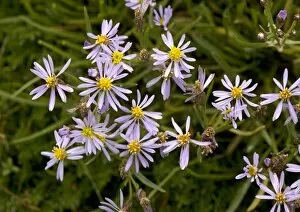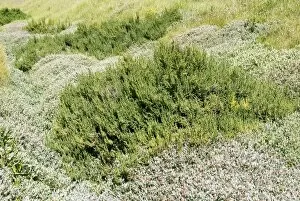Halophytic Collection
"Discover the Halophytic Wonders of Sunderbans National Park, a UNESCO World Heritage Site and Biosphere Reserve in West Bengal, India
All Professionally Made to Order for Quick Shipping
"Discover the Halophytic Wonders of Sunderbans National Park, a UNESCO World Heritage Site and Biosphere Reserve in West Bengal, India. 🌿🌊 Sunderbans National Park is not only home to the majestic Royal Bengal Tigers but also boasts a unique ecosystem known as halophytic. These plants have adapted to thrive in saline environments, making them resilient and fascinating. One such example is Sea Kale (Crambe maritima), which can be found growing on shingle beaches like Ringstead in Dorset, England. Its close-up leaf showcases its intricate structure and ability to withstand harsh coastal conditions. In June, Cogden Beach on Chesil Beach becomes adorned with beautiful flowering masses of Sea Kale. The sight is truly breathtaking and highlights nature's resilience against adversity. Even outside coastal areas, Sea Kale continues to impress. In vegetable gardens like Herefordshire's terracotta forcing pot garden, forced stems of Sea Kale grow alongside other crops—a testament to their versatility and adaptability. But halophytes aren't limited to just land-based plants. Mangrove trees like Kandelia candel can be found overhanging tidal creeks at Guandu Nature Park in Taiwan. These young fruits showcase the tree's remarkable ability to survive both saltwater inundation and fluctuating tides. Another notable halophyte is Marsh Samphire—its stem captured under a light microscope reveals its intricate cellular structure that aids in salt tolerance. Lastly, we have the Tamarisk tree—an iconic halophyte known for its feathery foliage that thrives along coastlines worldwide due to its high salt tolerance. The incredible diversity of halophytes found within Sunderbans National Park emphasizes the importance of preserving this unique habitat for future generations. Let us cherish these natural wonders together. 🌏✨"













